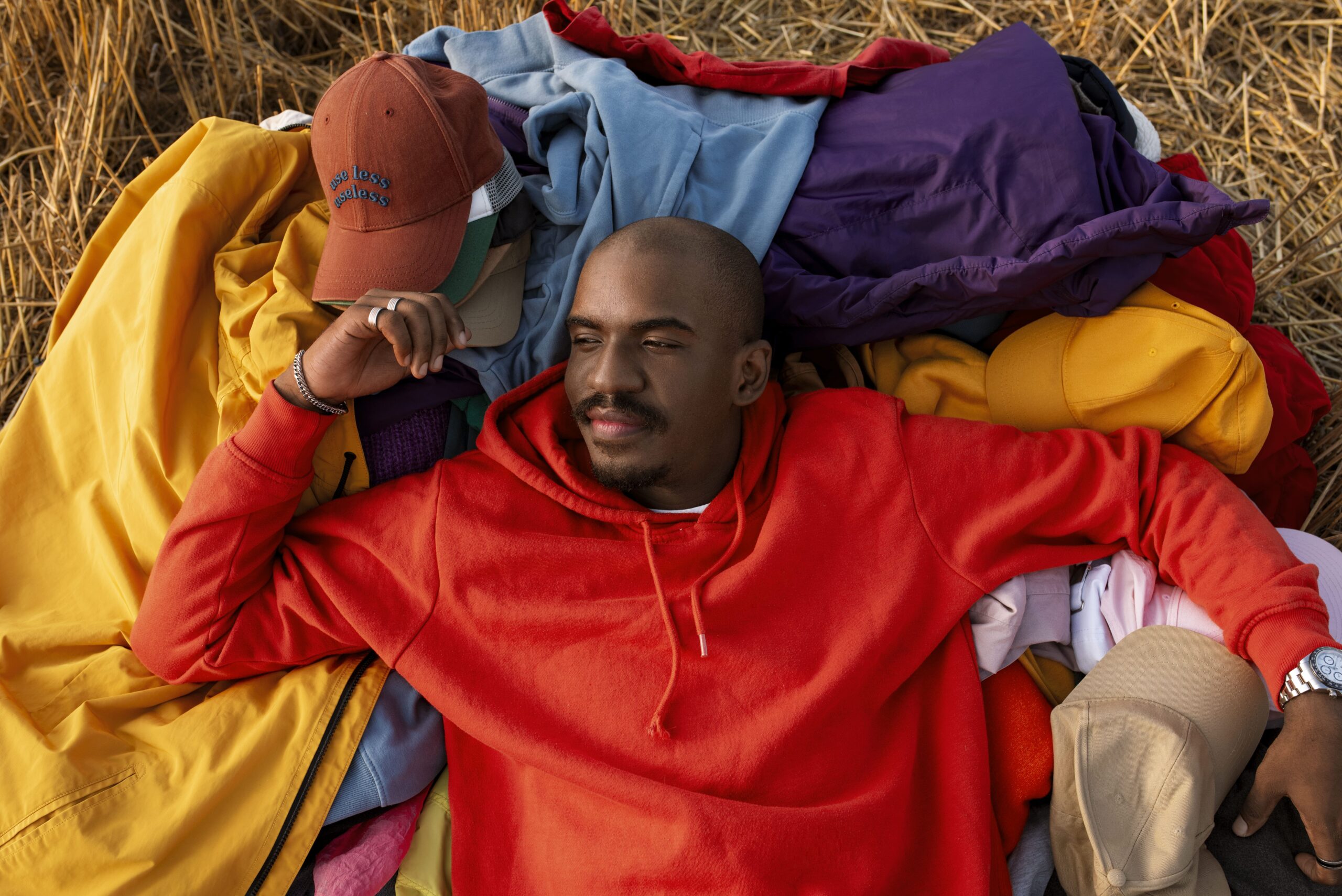Any fashion e-commerce professional today has a duty to approach and include Sustainability at the forefront of any decision-making regarding conversions and returns (and, of course, any issues regarding fashion, but for the purposes of this article, we will focus on conversions and returns).
A quite exceptional theme has now become more and more central for fashion brands and e-commerce managers and their teams. We know that changes in customers’ buying habits have partially promoted this change – and will continue to do so.
Customers are savvier than ever and pay attention to the quality of their garments, the entire supply chain, production processes, and product afterlife. One of the biggest culprits in the fashion industry is “fast fashion,” or clothes made cheaply to meet demand for hot new styles. However, fast fashion is putting our environment at risk.
Issues like COP 22 and terms like carbon footprint and upcycling have become mainstream and part of every customer’s shopping habits.
In the IBM Insights report (2020), which includes 18,980 respondents from 28 countries, two groups of consumers stand out:
41% of consumers buy considering cost/benefit. The second group (40%) buys products and services that are aligned with their values and respect the environment.
In another survey published by Statista (2021), “around 69 percent of consumers worldwide have exchanged their consumption habits (and products and services) due to climate change concerns.” Shoppers show that they want to put their dollars where their values are, and brands need to make that experience as easy as possible.
Just as consumers today are taking a closer look at the food they consume and the chemicals they put into their bodies, they are also shifting their purchasing decisions to create a cleaner environment through their clothes.
So, what does sustainability for the fashion industry imply?
How sustainability is applied to fashion e-commerce
How should we describe “responsible fashion”? This has always been challenging, even before mainstream players got involved. Any brand, large or small that uses a hard-to-prove word like “sustainable” could be accused of greenwashing. On the other hand, if this is not included in brand communication, customers could be lost as the fashion industry relies on it as a search term.
Let’s discuss a few of these terms:
CO2 emissions
With the pandemic and the repeated lockdowns around the world air quality was positively impacted and was news headlines in many different media outlets around the world.
This happened due to many factors, but maybe the most impactful was the interruption of industrial activity and huge freeze in commuting, which, of course, implies the reduction in burning fossil fuels and consequently the CO2 emission into the atmosphere, which fell to levels that had not been seen in a long time (however, as soon as the lockdowns ended, pollution returned to previous levels).
Facts like this bring more light to the public debate about how our production, processing, and transportation generate air pollution.
Take transportation for example, products are transported to factories, production takes place, and products go to inventories and are delivered to consumers in need.
If we do not consider that exchanges and returns occur for many avoidable reasons, and if we keep disregarding the waste generated by these returns, we are creating a heavy “environmental debt”.
It may take time to create a cleaner production and logistical process for industries; however, we can already make amazing changes in the way that e-commerce managers and teams optimize the use of their materials and products, as well as their market positioning.
Clothing items are short-lived, even when in good condition
When fast fashion boomed, it meant a huge simplification in production processes, a tremendous cost reduction, and the availability of products in many more markets.
However, it has also brought negative environmental consequences, such as the acceleration of new collections and the demand for constant new products, which makes previous collections out of date in a very short period of time. This pressures shoppers to update their closets by exploiting consumer triggers via aggressive advertising campaigns.
Recycling could be an excellent answer for many of these pieces of clothing that end up in rubbish dumps after very few uses. Unfortunately, most items are made of materials such as Polyester, Cotton, Viscose, Wool, etc, and they are discarded without separation, making recycling expensive and almost impossible to perform.
As the One Army Foundation argues, even sales of clothing donated to second-hand stores have challenges. These stores usually receive more clothes than they can handle, which means they will only sell the best items, discarding or sending the rest to developing countries like India and Ghana, where they are sold in markets or donated (more plastic bags in sight).
Sustainability in production and labor relations
Another very important issue when discussing sustainability in the fashion industry is the relationship between labor and the production process. The fashion industry has suffered many accusations of abusive labor relations and human rights disrespect. These accusations must be addressed urgently if the mindset behind fast fashion and low margins are to be reversed.
Most of these complaints involve suppliers of major brands, so each brand must take control of its supplier policies, implementing stronger and more efficient quality control processes that include sustainability and labor law guidelines, as it is a shared responsibility to encourage the entire production chain to be more just towards their workers.
Several initiatives promote this debate, such as quality stamps that authenticate suppliers that have incorporated labour laws that respect human rights. This gives retailers and brands visibility into labor policy and the capacity to demand accountability from the suppliers they choose.
Institutional communication
Sustainability is also an increasingly strong argument for brand communication and market positioning, largely due to a change in consumer values, as we have already discussed.
This is a very positive shift in the consumer mindset, as it positions environmental responsibility as a type of currency, and consumers will pay more for items/brands that care about the environment.
According to IBM´s survey:
“Almost six out of 10 consumers surveyed are willing to change their buying habits to reduce their environmental impact. Almost eight out of 10 respondents indicate that sustainability is essential to them.
And for those who say it is essential, more than 70% would pay 35% more, on average, for sustainable and environmentally responsible brands. ”
These numbers vary from country to country, but changes in collective behavior are already a reality. Your e-commerce needs to decide whether it will benefit from this now, while it is still in its early stages, or whether it will wait until it becomes a legal requirement.
Avoiding packaging waste in fashion e-commerce
An issue that has an enormous impact on the environment is the packaging used to ship goods in any e-commerce site, especially in the Fashion Industry. The quantity of waste created by packaging with each exchange or return is growing; a large percentage of it can be easily avoided by implementing simple solutions.
What characterizes sustainable e-commerce?
We don’t need to include a Greenpeace banner on our e-commerce to implement sustainable actions.
Different strategies can be adopted within any e-commerce operation to generate considerable improvements that will positively impact the carbon footprint.
One of these strategies, for example, is the reduction in exchanges and returns brought by the implementation of a Virtual Fitting Room in e-commerce since customers who buy without size and fit doubts are less likely to return the garment, avoiding costs with reverse logistics as well as additional packaging and many times also garment loss as garments are damaged.
Environmental groups are more and more involved with the development of appropriate certifications that confirm environmental compliance. For example, the Business of Fashion consultancy created a proprietary methodology to assess the sustainability practices of fashion companies and applied this methodology to 15 of the largest companies in the fashion market.
These companies did not obtain very positive classifications, but the idea behind this methodology is to create measurable parameters that are less subjective.
Creating methodologies that give credibility to “green issues” and implement measurable KPIs is crucial at this stage, promoting the fashion industry’s move into a new phase. Environmental-related groups will create many more proposals for similar methodologies.
This trend cannot be ignored, and brands need to adapt to these new consumer habits and implement sustainability transparency.
And what actions would/should you take to transform your brand into a more sustainable one?



